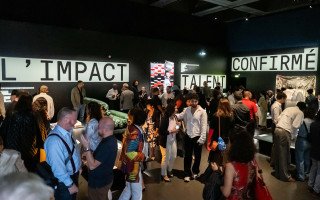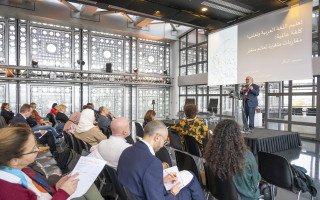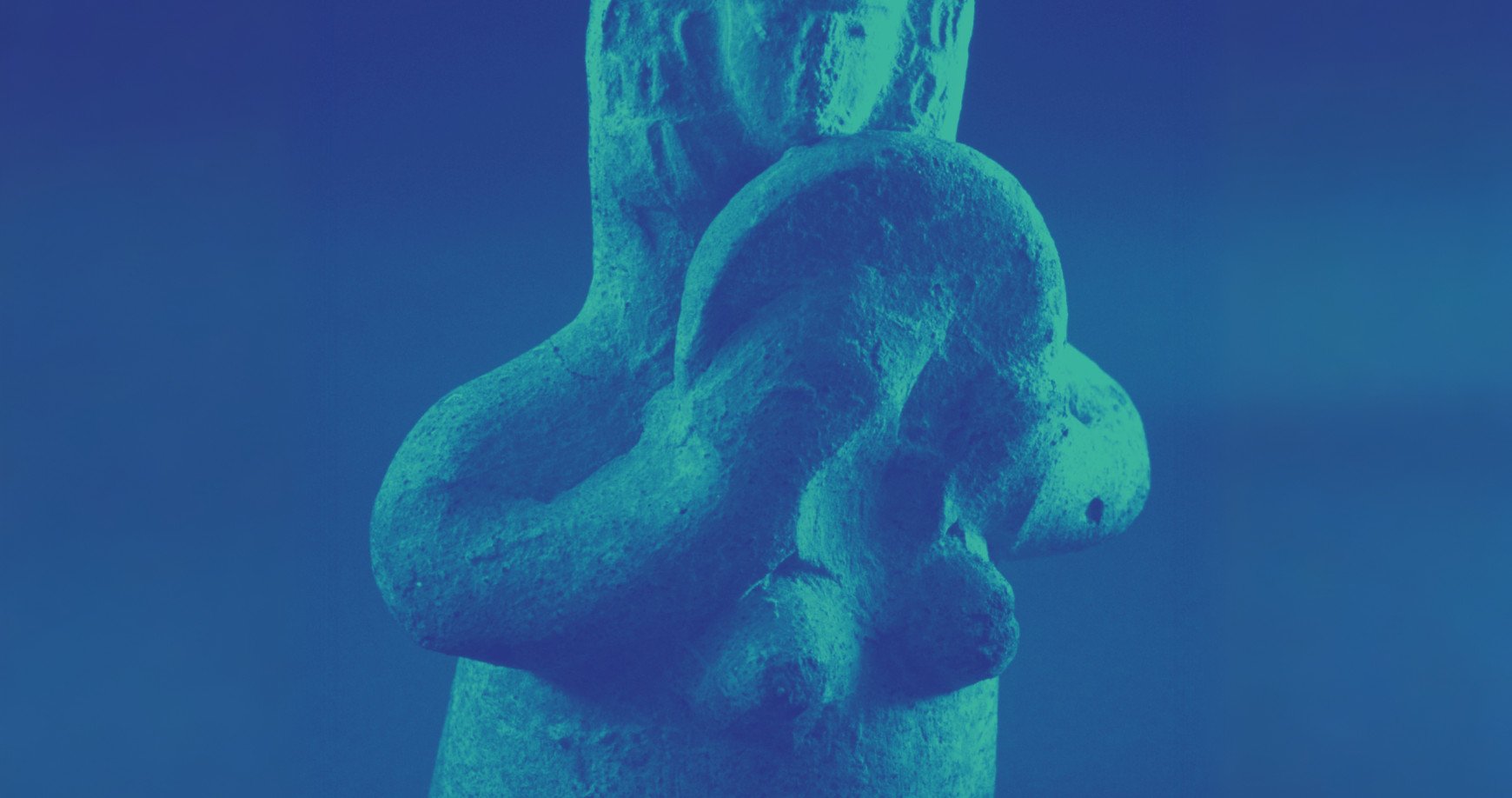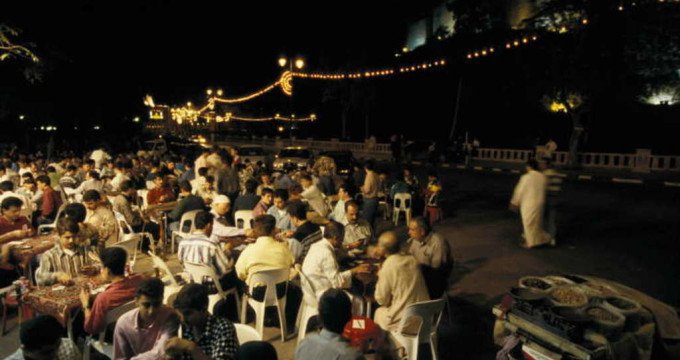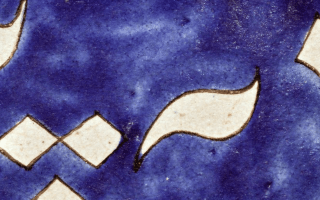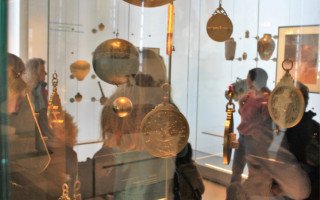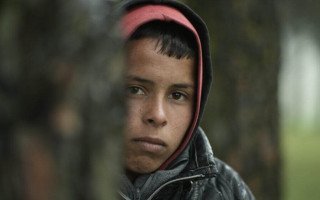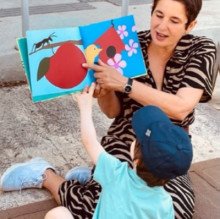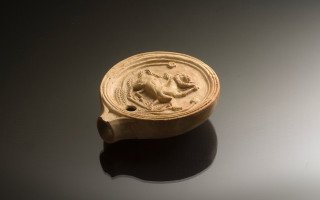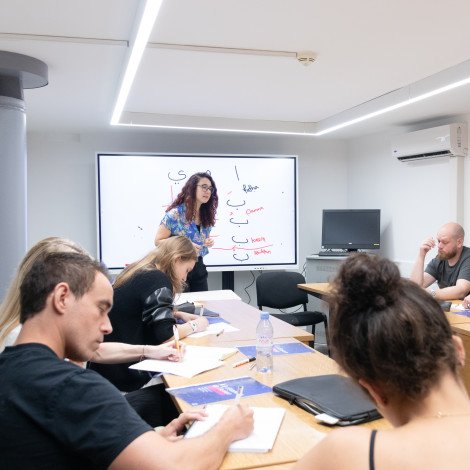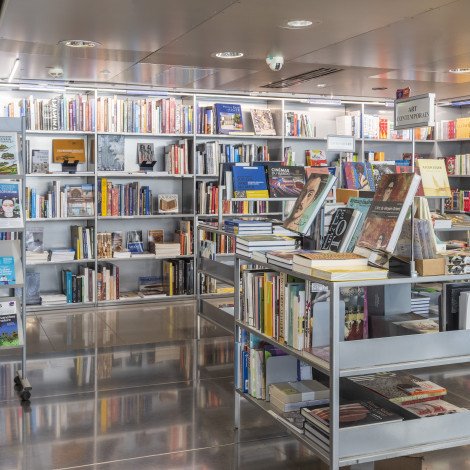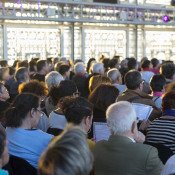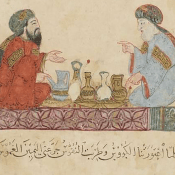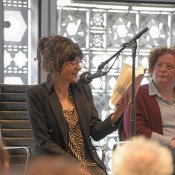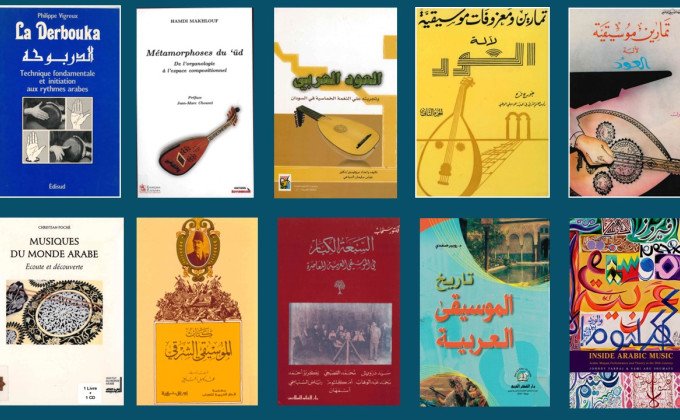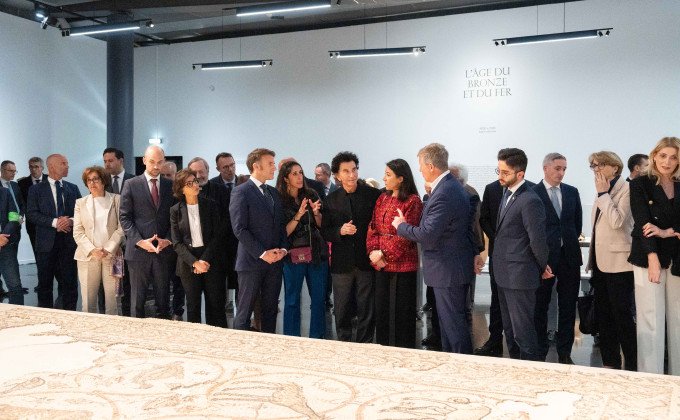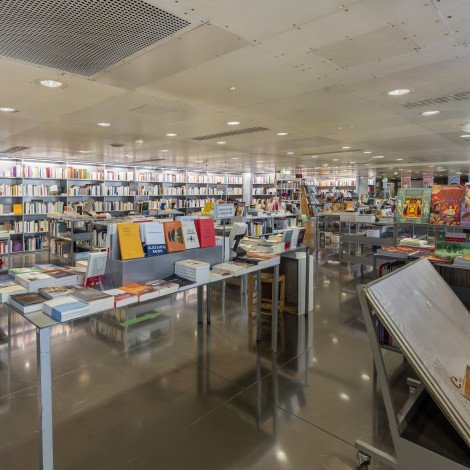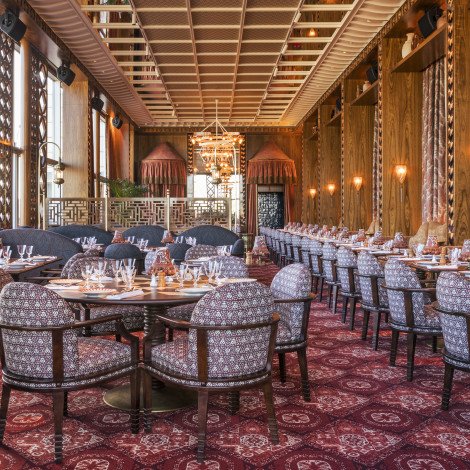Programmation
Le monde arabe pour tous
L’IMA met à la disposition du public des ressources et services adaptés à tous pour faciliter et encourager l’étude, la connaissance et la compréhension du monde arabe, de sa langue, de sa civilisation.
L'IMA vous donne rendez-vous
Magazine
Collections
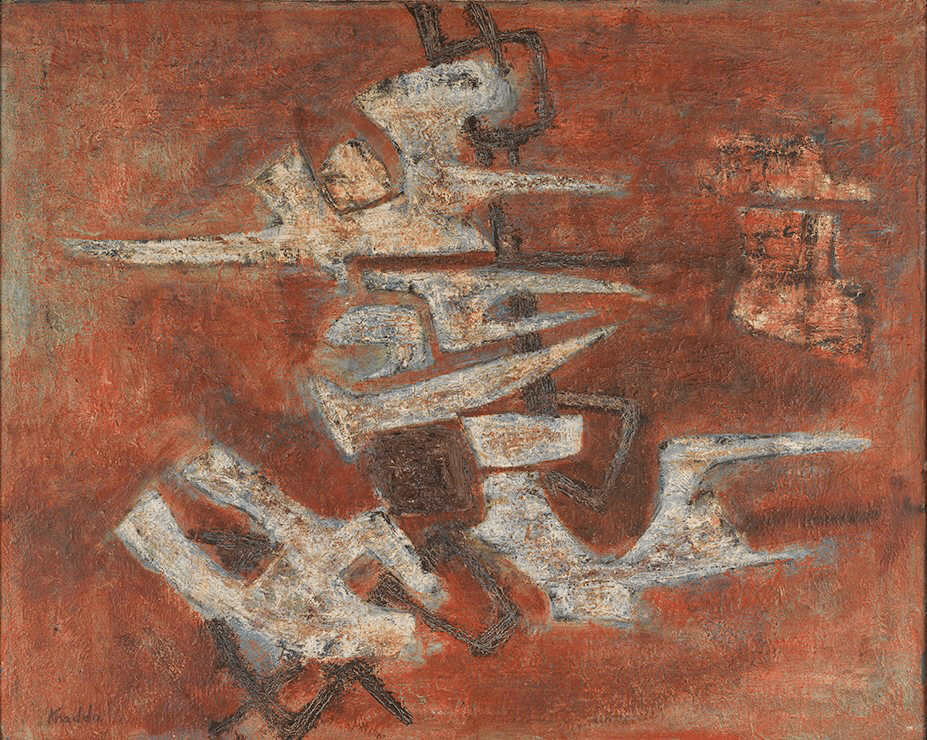
Mohammed Khadda, “Afrique, avant 1”
À découvrir dans le cadre de l'exposition “Paris noir”, au Centre Pompidou, jusqu'au 30 juin 2025En boutique
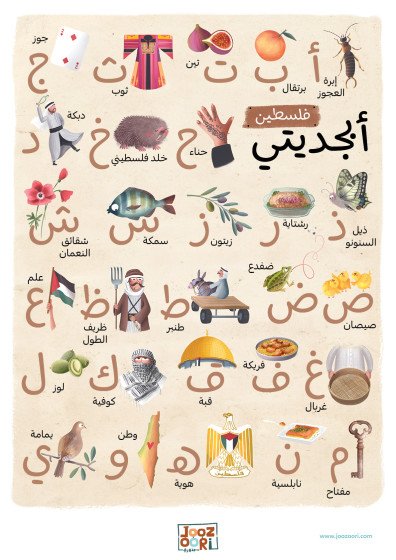
Un éditeur qui crée des affiches et des cartes en mettant en valeur la richesse linguistique et culturelle des pays arabes
Focus sur les éditions Joozoori
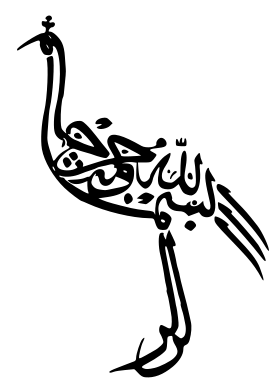
Dans le cadre de l'exposition “Ecrire ou calligraphier?”, à l'IMA jusqu'au 21 septembre
Focus sur la calligraphie arabe
Venir à l'IMA
Institut du monde arabe
1 Rue des Fossés Saint-Bernard, 75005 Paris
- Métro : Ligne 7, Jussieu ou Ligne 10, Cardinal Lemoine
- Bus : Lignes 24, 63, 67, 86, 87, 89
- Vélib' : Stations n° 5020, n°5019, n°502
- Parking : 1, rue des Fossés saint Bernard, 75005 Paris


